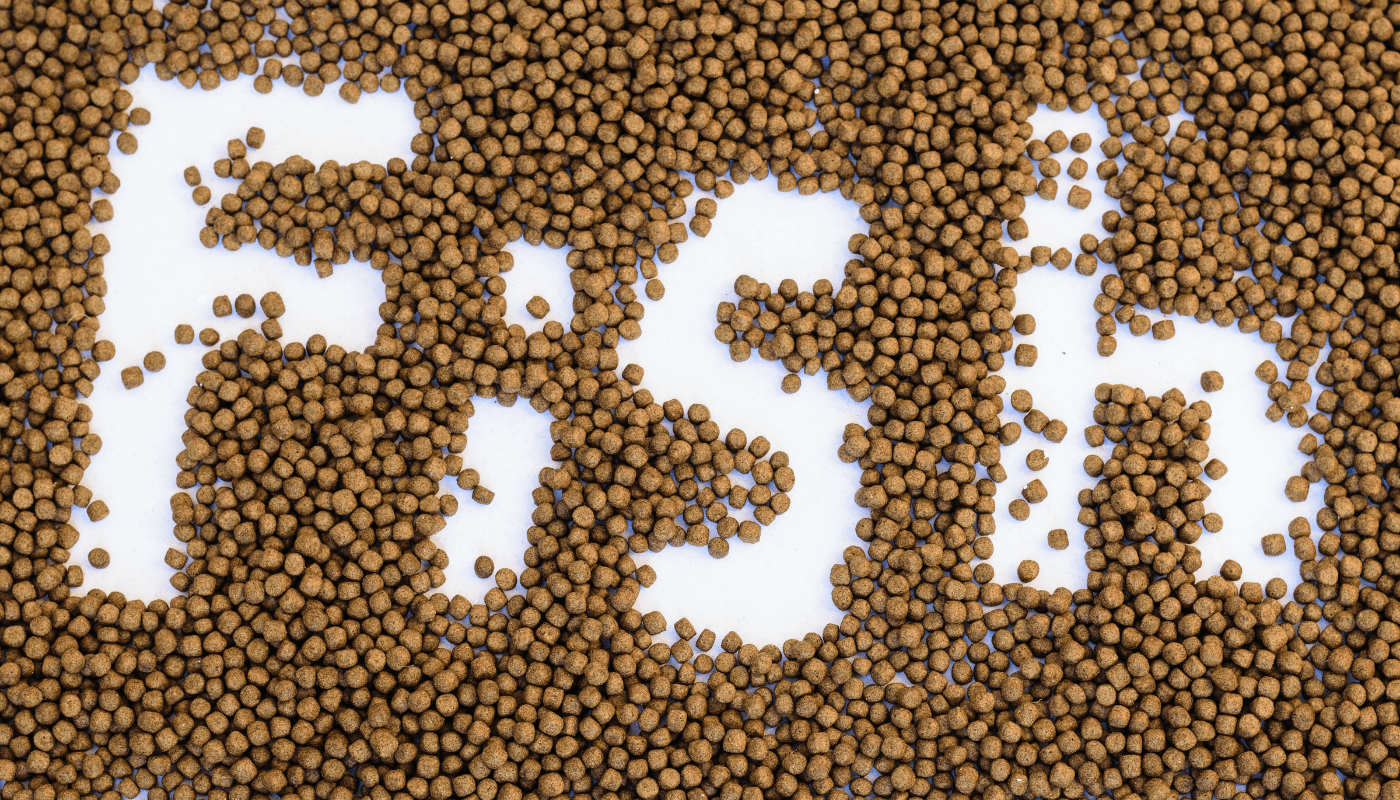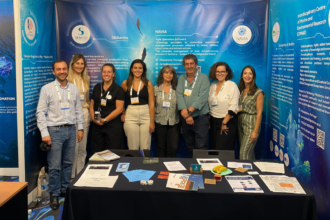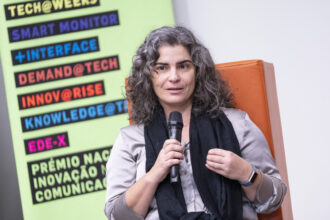Aquaculture: how do we feed our fish?
It may surprise you to know that nutrition follows the same principles, regardless of whether you are a fish, a dog or a human.
We don’t really have a requirement for specific foods, and that’s why you can thrive on vegan, flexitarian, omnivore, carnivore diets, among many others.
What we require are nutrients: fat, protein, carbs, vitamins and minerals. That is why the list of ingredients used, while important, is less relevant than the nutritional profile of foods.
The same is true for aquaculture fish.
Every species has its specific nutritional requirements, which must be met through careful formulation of the diets. Again, ingredients are not the important factor, and that’s why we can produce nutritious feeds using circular economy ingredients, such as poultry or vegetable coproducts, as long as the nutritional needs are fully met. People tend to frown upon animal coproducts, but I must stress that when properly processed, according to EU legislation rules, they are quite safe and nutritious and usually perform better than vegetable ingredients. This is because most fish species produced in Europe are carnivores and have little to no need of carbs and fiber present in vegetables. And some vegetables possess antinutritional factors, which impair digestion – these are chemicals that plants produce in order to avoid being eaten by animals.
So how do we make fish feeds? The process is similar to baking a cake.
We have a recipe: we combine all the necessary ingredients to assure the proper levels of protein, fat, specific aminoacids and fatty acids (such as omega 3), as well as all the vitamins and minerals fish need. These recipes are based on years of scientific research on the nutritional requirements of the several species we currently produce. We mix these ingredients well and add some ingredients that don’t offer relevant nutrients but assure good physical properties of the grain, like we use yeast or baking soda to improve our cakes and breads. And then this mixture of ingredients is extruded (cooked), much the same process we use to make breakfast cereals.
When the feeds reach the farmers, they make sure they are stored in a cool, shaded and dry place, to preserve nutritional properties. After all, these feeds are usually rich in omega 3s, and need to be protected! The recipe also includes antioxidants to help with this protection. Farmers will then provide fish with feed, either manually (usually twice a day, until fish are satisfied, losing interest in the feed) or using automatic feeders, where fish choose when and how much to eat. It is very important that fish are kept happy in this regard, since only when well fed and healthy will they grow properly and provide farmers with profit.
Fish farmed in the EU follow good feeding and farming practices and are among the safest and healthiest foods we can eat. Since spring is upon us, can I suggest some grilled seabass this weekend?




